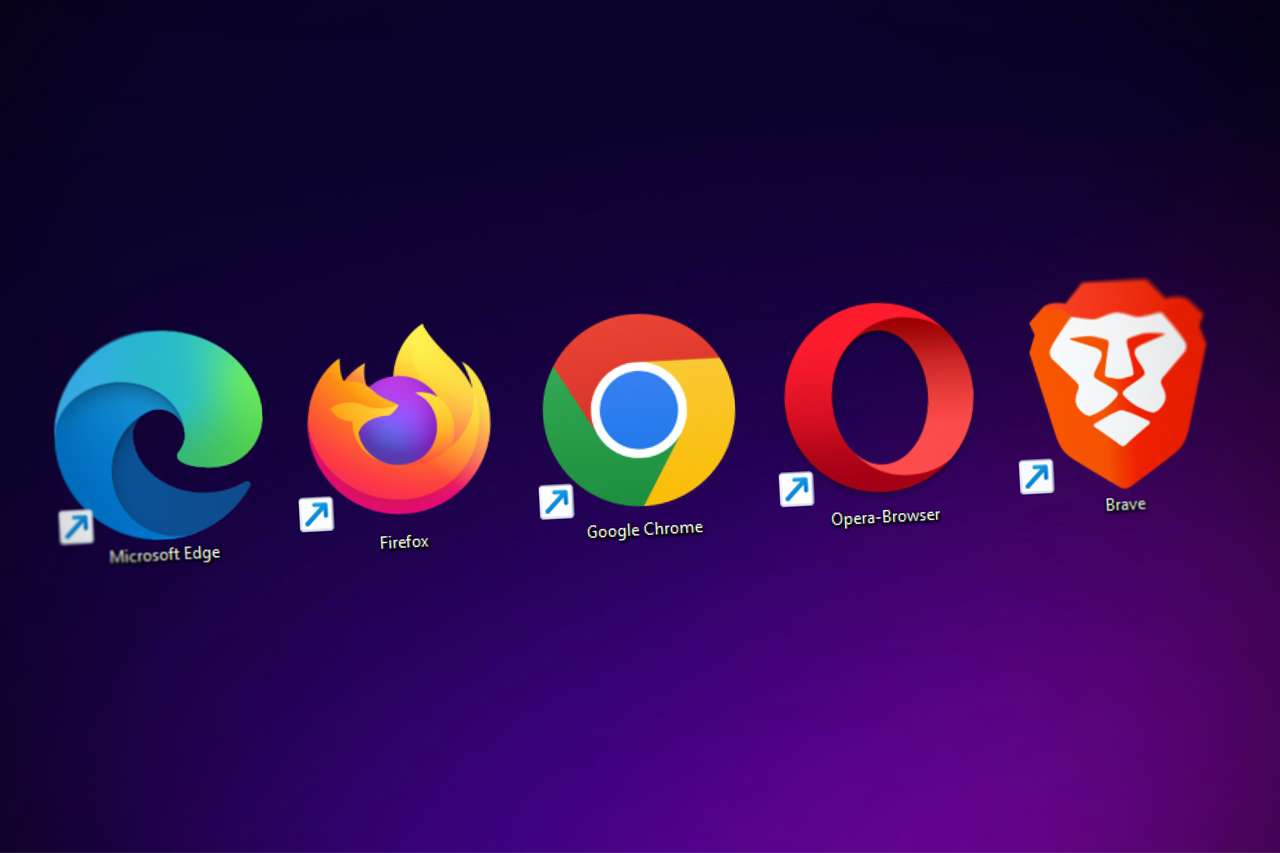The Essence of Captivating Graphic Design Ideas
What defines a captivating graphic design idea? It's the ability to seize the viewer's attention and actively engage them, fostering the desired response. Now, the question arises: How can you craft such compelling ideas in graphic design? Allow us to guide you through the process and open your eyes to the true potential of your designs.
The Potential of Colour
The strategic use of colours can unlock a realm of possibilities in graphic design. However, it's crucial to navigate this terrain with confidence and precision.
Key considerations for selecting colours include:
- Brand Alignment: Does the colour palette align with your brand's identity?
- Complementary Colours: Do the chosen colours harmonise and enhance each other?
- Emotional Impact: Do the colours evoke the desired feelings and align with your design's objectives?
To ensure a seamless colour harmony, leverage the power of colour theory. Canva offers a remarkable colour wheel tool that helps identify complementary colours tailored to your brand.
The Art of Composition
Renowned artist Robert Henri once said, "Good composition is like a suspension bridge - each line adds strength and takes none away."
This profound statement encapsulates the essence of how composition should fortify every creative endeavour, be it painting or graphic design. Each element added should enhance the overall strength without detracting from the individual impact. The result is a visually striking masterpiece that captivates the viewer on multiple levels.
The Magic of Imagery
Choosing the right images is paramount to the success of any graphic design. However, it's important to note that not every design requires imagery. For instance, logos or illustrations can thrive without relying on stock images or personal photographs. Yet, when creating brochures or similar materials, selecting the appropriate images becomes imperative. The images should align with your message, complement the content, and ensure a cohesive visual narrative. However, it's worth mentioning that negative space can also serve as a powerful design element to counterbalance the presence of images.
The Power of Negative Space
Often overlooked, negative space can become a designer's worst nightmare. When we fixate on filling every pixel of the artboard, we miss the opportunity to create breathing room in our designs. Embracing negative space provides a calming gesture that resonates with human psychology and gives your graphic designs a competitive edge. Furthermore, it directs attention to critical elements like the call-to-action (CTA), allowing them to shine.
In conclusion, incorporating these fundamental elements into your graphic design ideas will elevate their quality and maximise their impact. While the choice ultimately lies with the graphic designer, these principles transcend all creative mediums.
If you're seeking expert graphic design support, don't hesitate to reach out.



